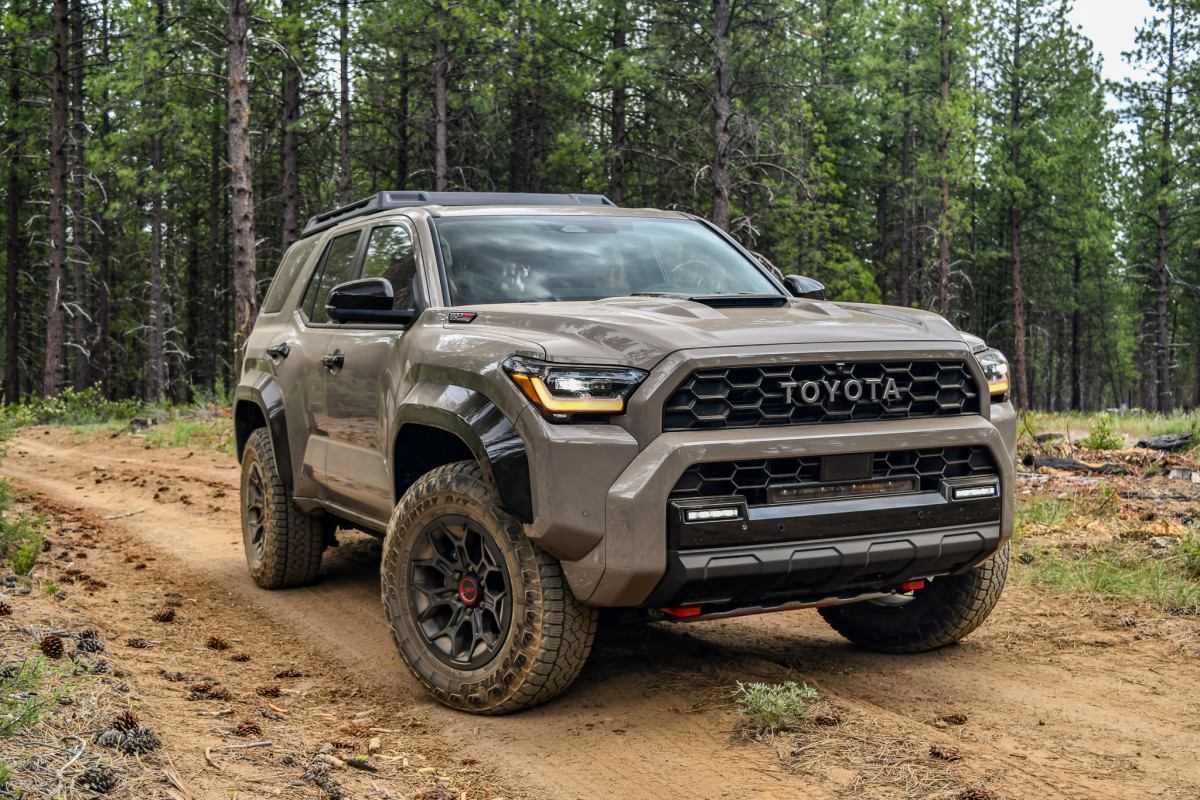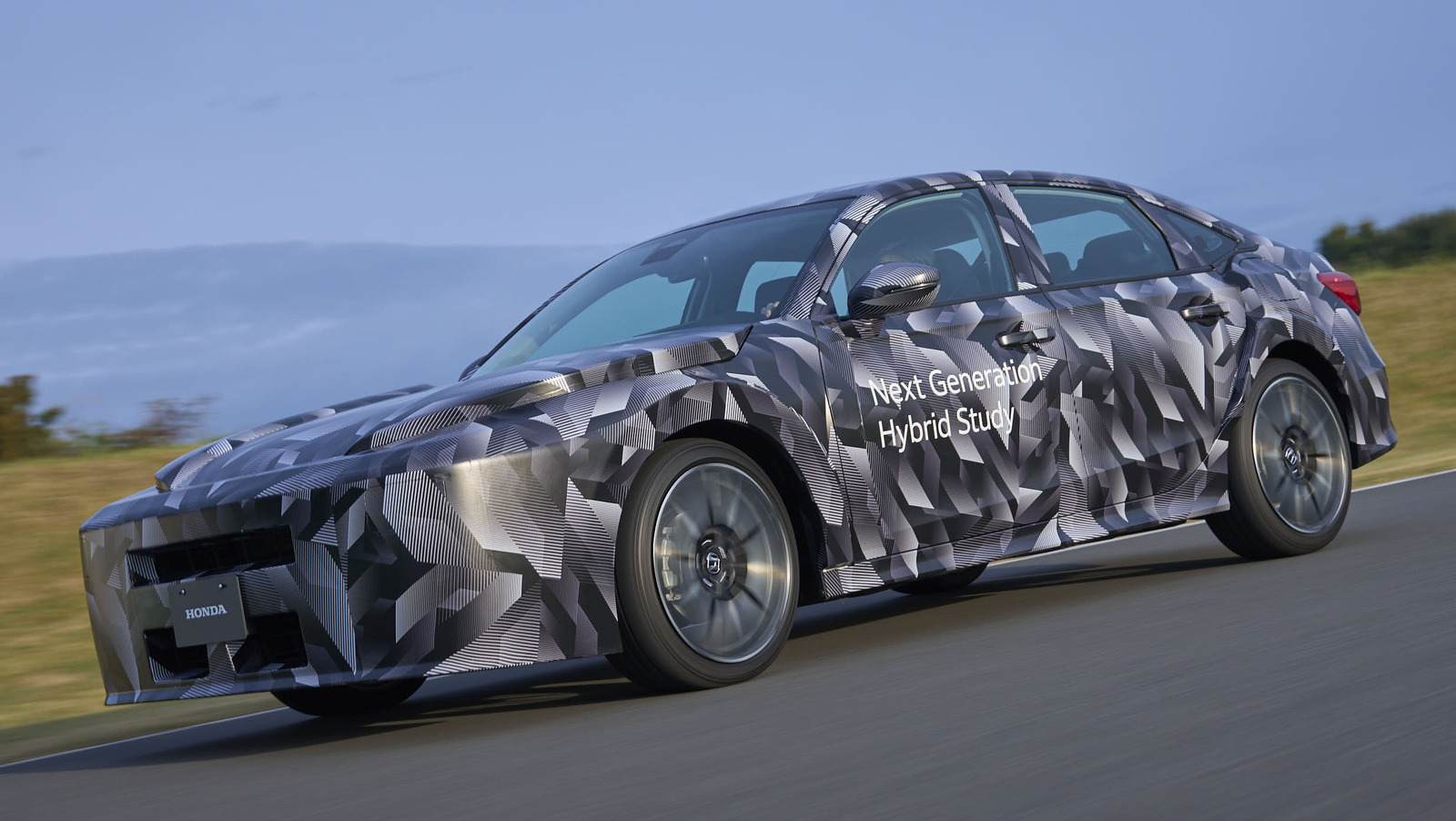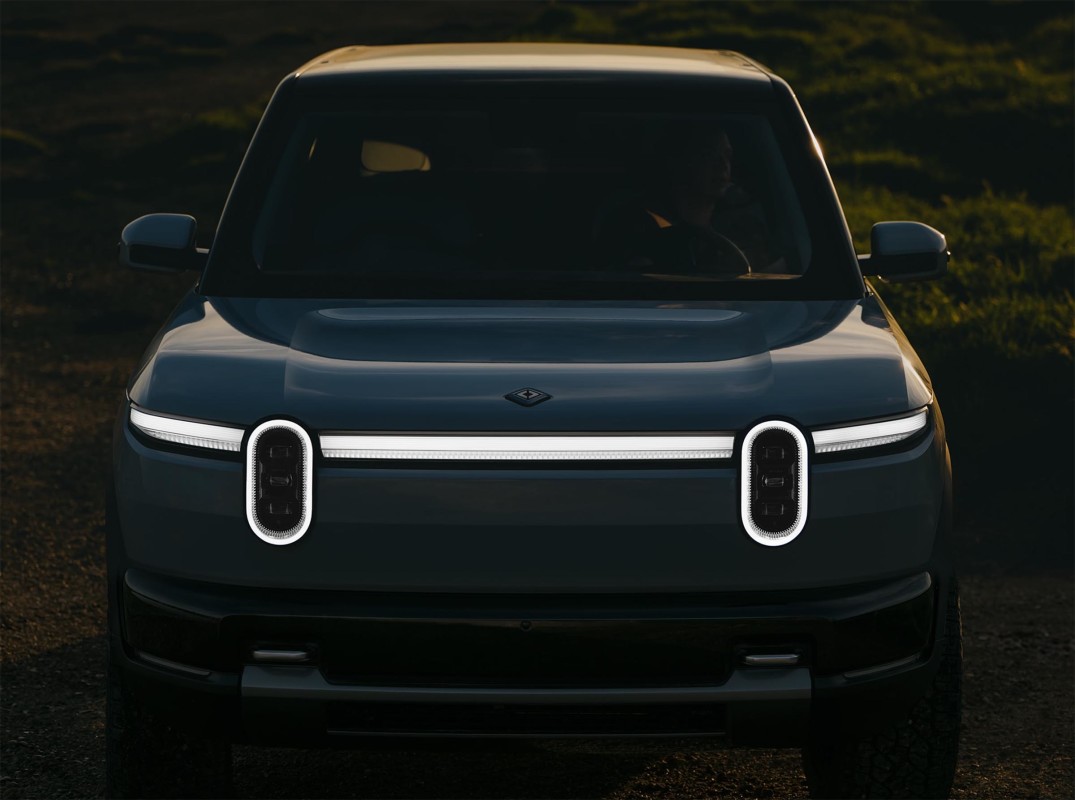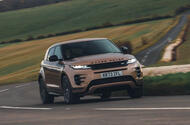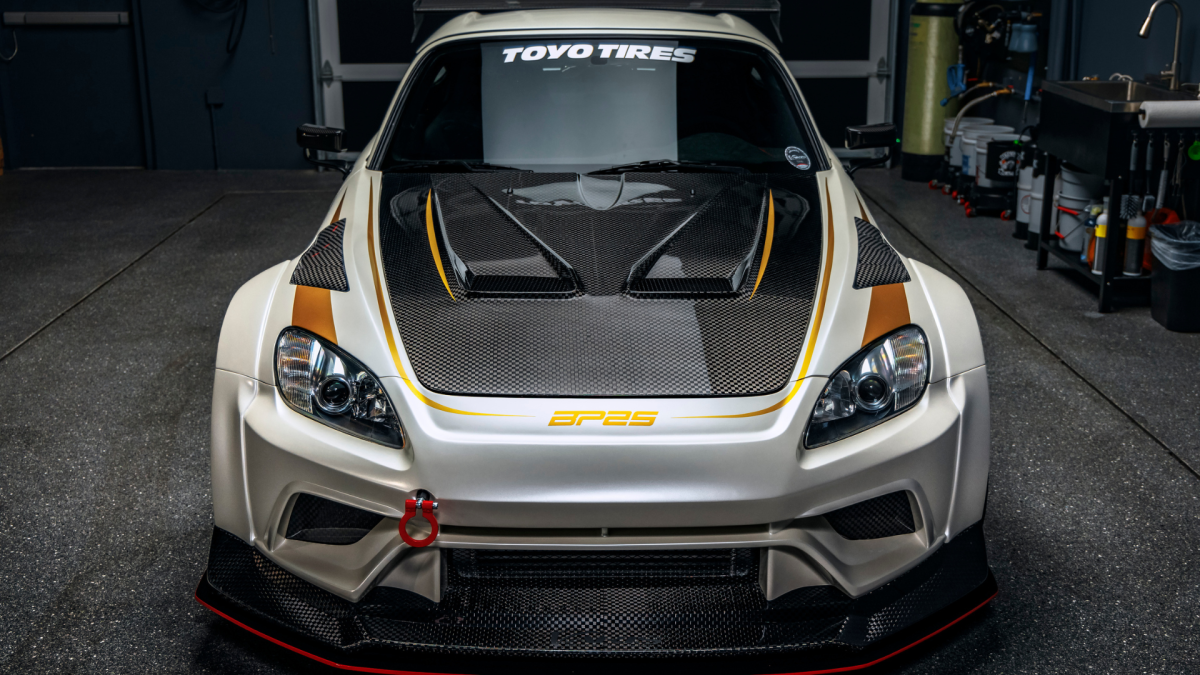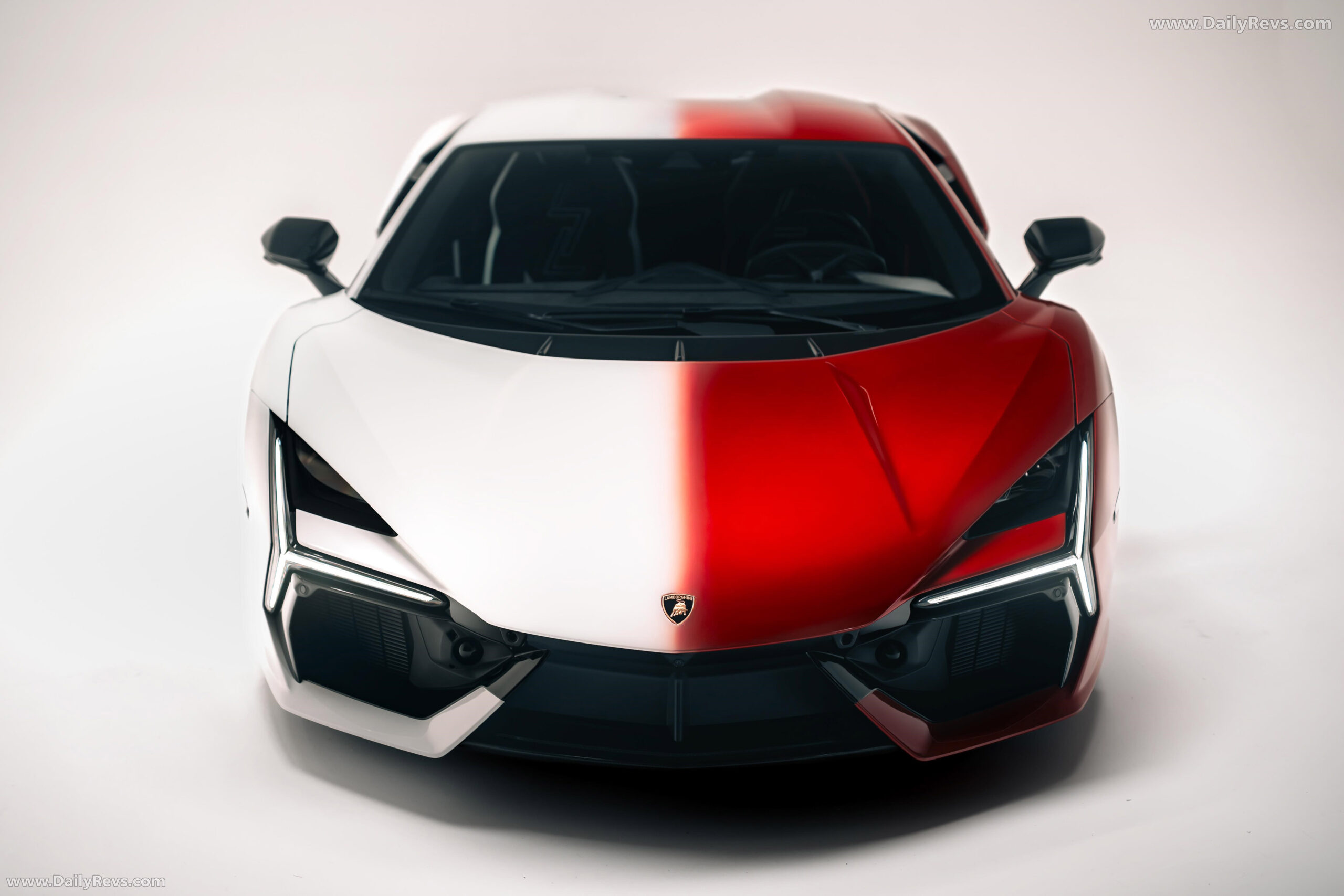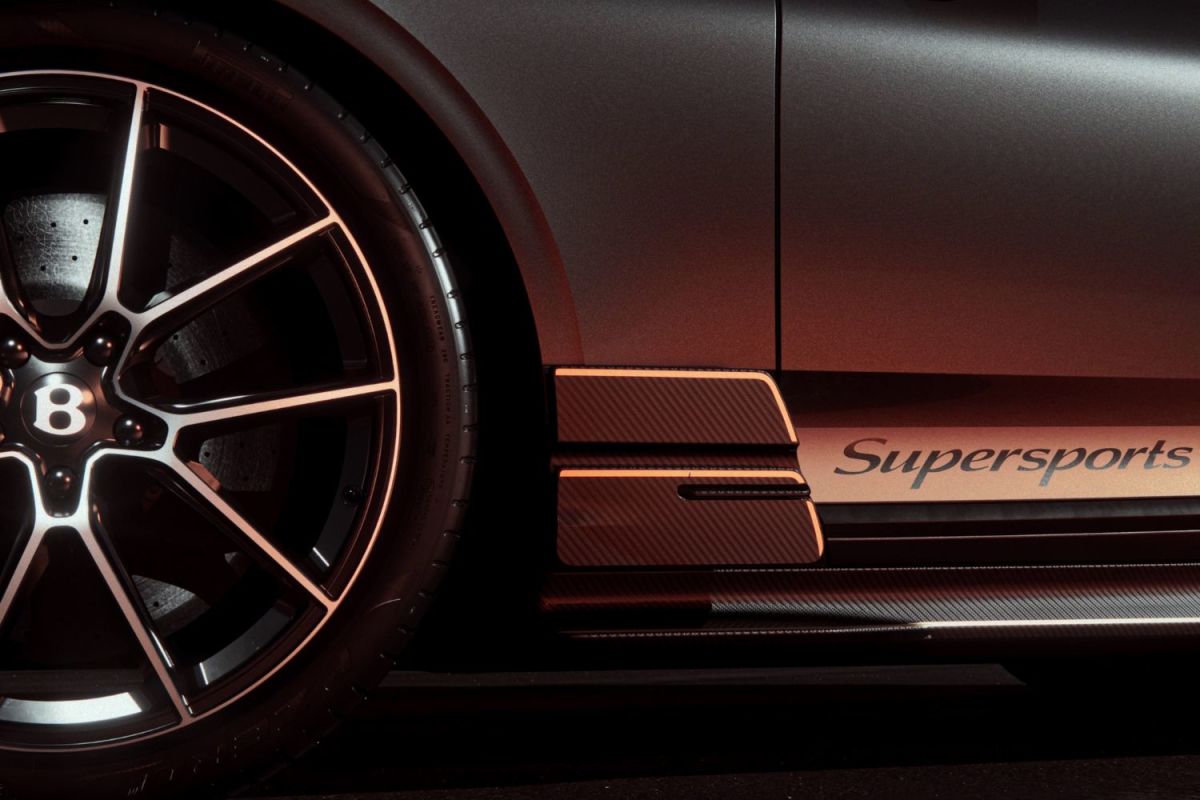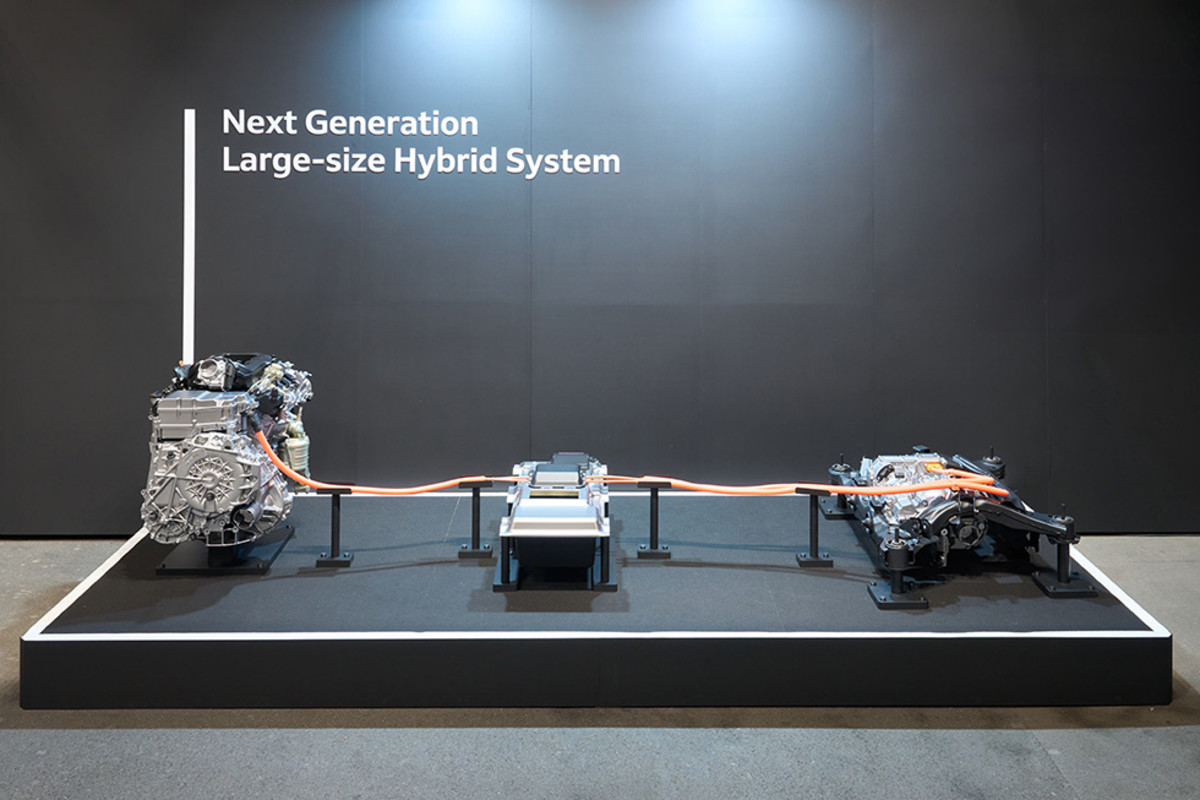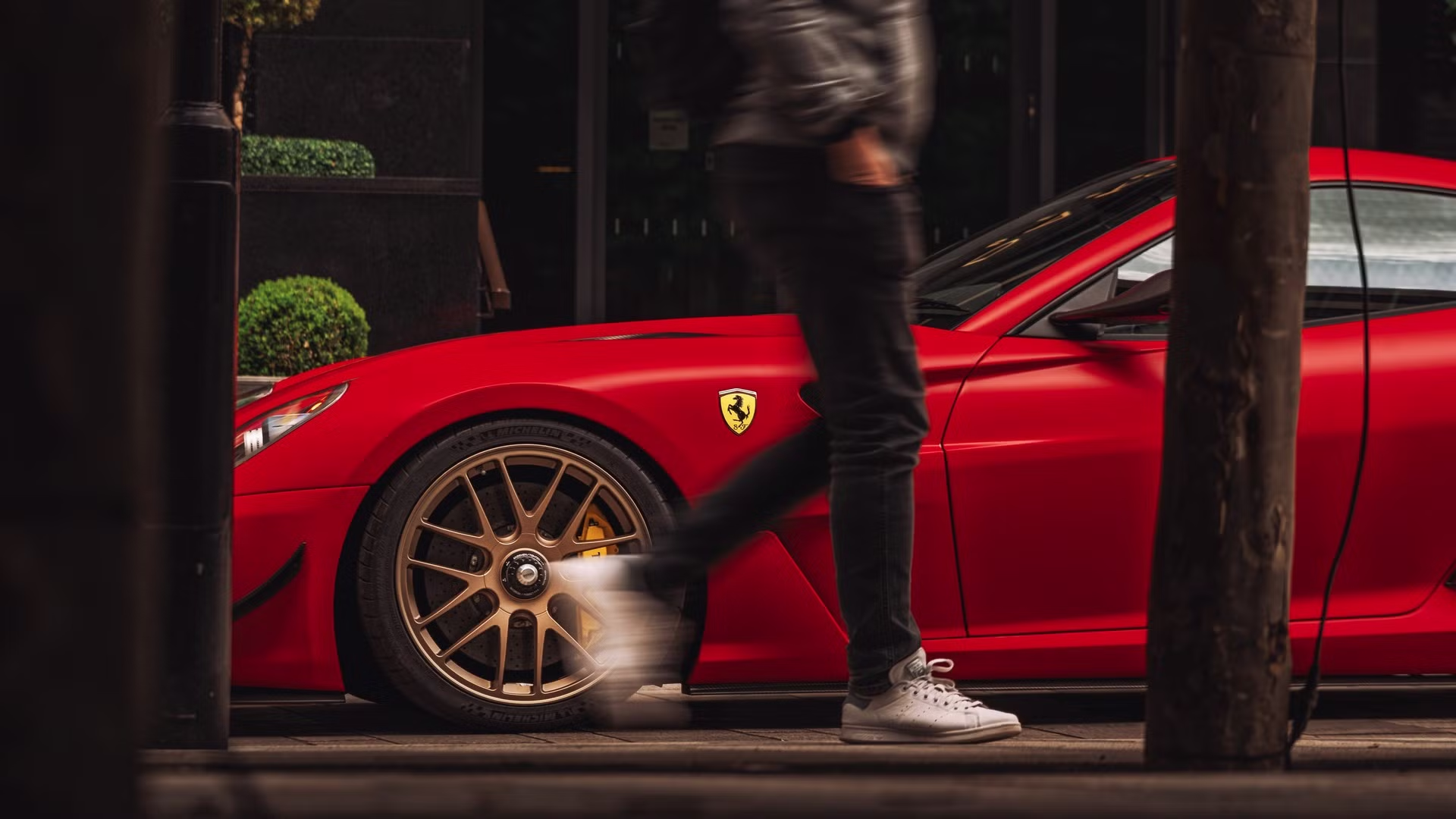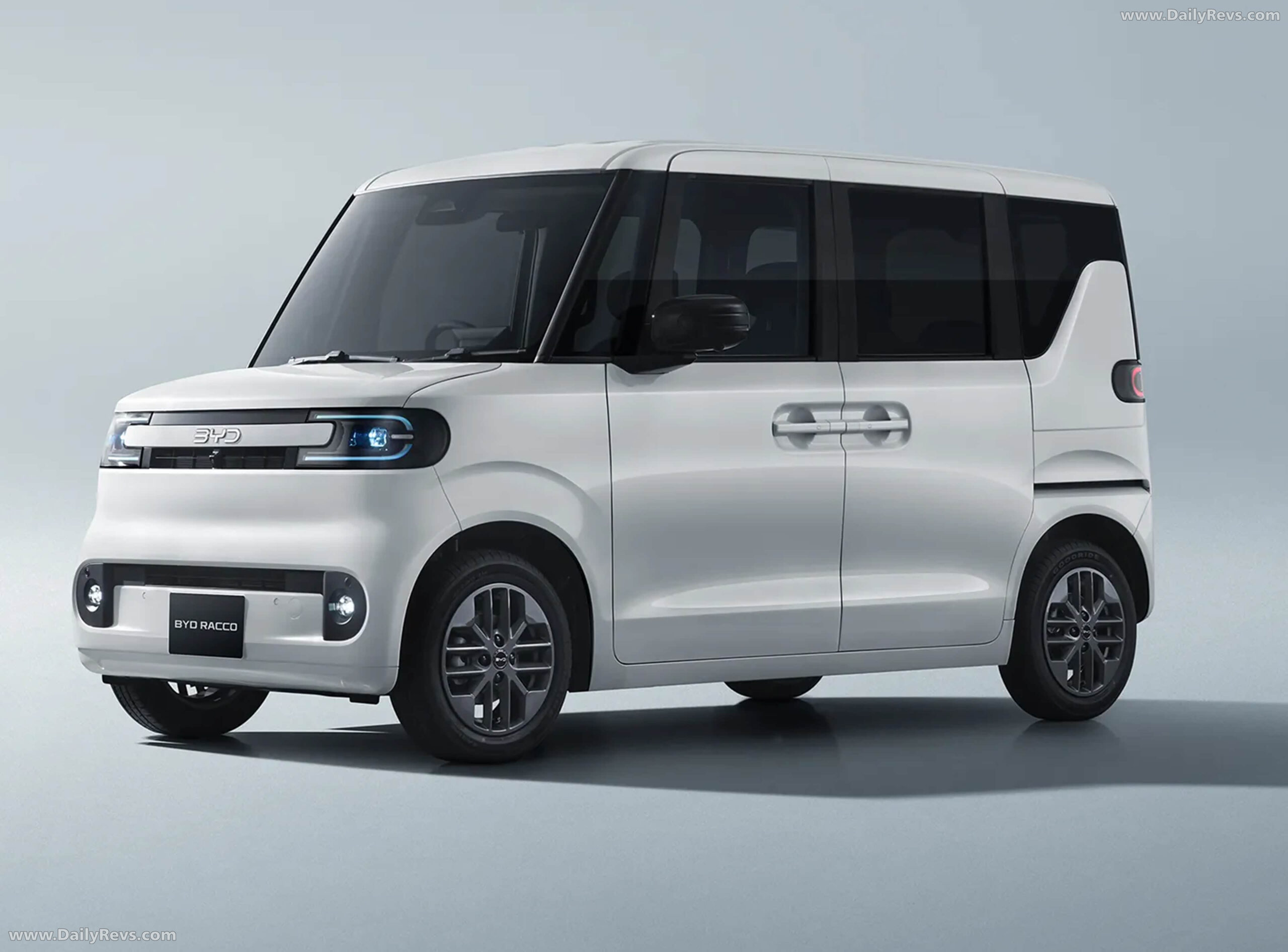Is the Mk5 Range Rover better than not only all its peers, but all its predecessors too? We find out
In the final reckoning the ‘L460’ will go down as one of the more radical generations of Range Rover. The monolithic exterior still turns heads four years on from launch, with an almost pebble-smooth look that combines to striking effect with simply enormous body panels. The L460 is also the model that has taken electrification mainstream for the world’s best-known luxury off-roader. Mild hybridisation is now table stakes for both petrol and diesel Range Rovers, and the petrol is also available in PHEV guise. The L460’s pioneering role isn’t over yet, either. JLR will soon launch the first pure-electric Range Rover, which has been hot weather testing on 250-foot sand dunes in the UAE’s Sharjah’s Al Badayer desert. Resilience in high temperatures is a key challenge of the project, as is an all-new traction management system to replace the traditional ABS-based set-up. You can read more about it here.An electric Range Rover should be a game-changing proposition in the luxury SUV segment. In advance of that car’s arrival, JLR has lightly facelifted its flagship SUV across the range, with new powertrains and alterations to the cabin. In this review, the various charts pertain to the plug-in hybrid P550e, three years on from our full road test of the diesel D350 (to which the figures in the spec boxes relate), which was a model we rather liked. Does PHEV power suit the big Rangie as well as diesel? Let’s find out. But first, some backgroundFor more than 50 years, the Range Rover has simply done what it does: combine the best off-road ability with a plushness – a theme Land Rover pretty much claims it invented. It has, traditionally, been a car you can take anywhere: from checking the fences in the bottom field in the morning, to the market, to a school pick-up, then out for an opera, all in a day.The questions are whether that is something it still needs to do today and, if so, just how much car does it take to do it? Land Rover sells SUVs in 130 countries and they all have different ways of doing things – and different amounts of space in which to do it. We’re already aware that the Range Rover is a big car, more than five metres long and two metres wide across the body even in its more modest forms.We use the term modest lightly. There are three bodystyles to choose from, none of which are small. There’s the standard-wheelbase, long-wheelbase and long-wheelbase with seven seats.And one can go much further: the standard-wheelbase car gets four trim levels, the long-wheelbase two and the long-wheelbase with seven seats two more. Plus there are petrol, diesel and plug-in hybrid models to choose from. And that’s before you even get into more bespoke Special Vehicle Operations territory. This makes the Range Rover not just a high-end SUV but one that wants to be a luxury car too.With such a degree of choice and personalisation, rivals for a Range Rover are slightly hard to pin down. The Mercedes G-Class offers similar levels of off-roading ability with a bit of old-school charm, the BMW X7 is an all-round more sporting affair while the Bentley Bentayga adds a touch more individualism.Note that not all engines are available in the long-wheelbase versions and are all straight sixes, apart from the BMW-powered V8.

